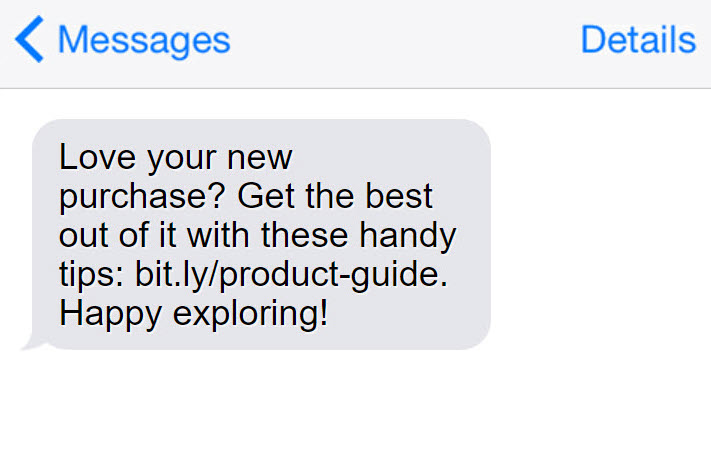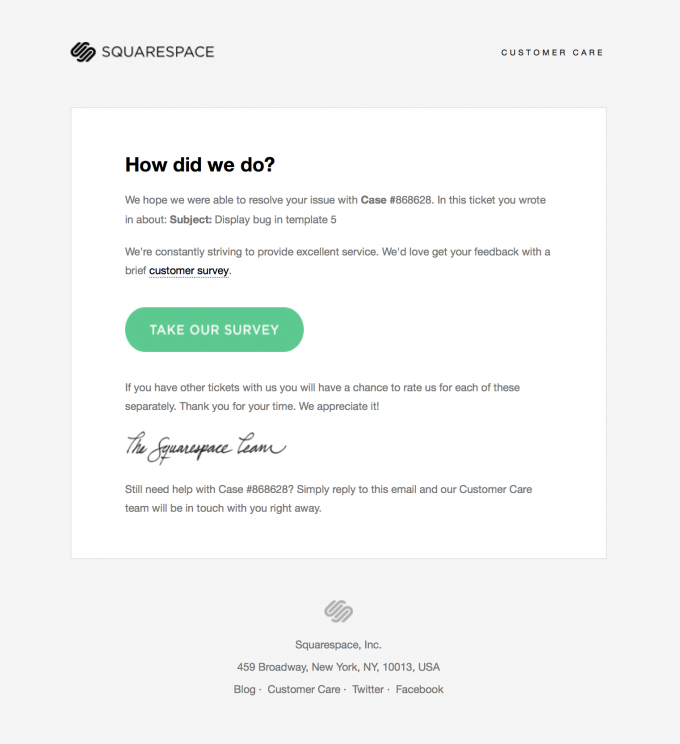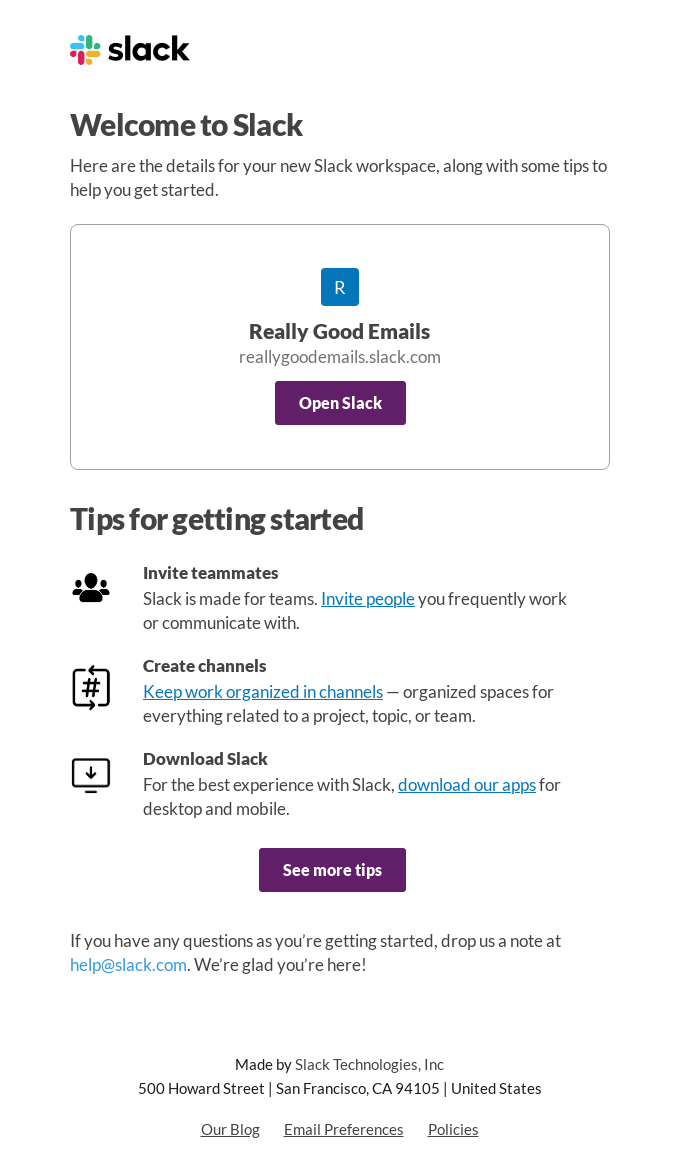Customer communication is dynamic. In the past, customer service hours were limited, and call centers were more popular. Now, everything has gone digital, and customers are more demanding.
As such, customer support leaders need to be strategic in how they engage their audiences. This is especially so in today’s tech-savvy market when one bad review after a poor customer experience can ruin your sales for a long time.
You’ll need a consistent brand voice to build lasting connections with your customers. That’s where a customer communication strategy comes in.
With a solid strategy, you can provide quality customer service.
This post discusses the importance of having a customer communication strategy. It also highlights some best practices and real-life examples to help you get it right.
What is customer communication?
Customer communication refers to how businesses speak with their customers through different channels. With marketing and sales, most of it is anticipated. With customer service, your team deals with sometimes unexpected inquiries.
As such, businesses need a strategy to help them address customer pain points at different stages of their buying journey.
A solid communication plan specifies your communication channels, practices, and tools of choice. With all these in place, your teams will be ready to handle every complaint or query.
The importance of customer communication management strategy
Here’s why building a solid customer management strategy for your business is essential.
1. Streamlines your brand voice
A customer communication strategy unifies your brand’s voice across all your channels. It specifies how to use your logo, colors, and tone to portray your brand image.
This guarantees that customers identify your brand easily.
Your customers will get the same experience from you, regardless of who they contact or the channel they use.
This kind of consistency fosters great customer relationships. Your customers will always know what to expect from you.
For instance, your customer communication strategy can include qualities like:
- 24/7 live chat support
- A responsive customer support team
- A 30-day return policy, etc.
By offering distinct services, you can establish a positive brand voice.
2. Greater customer retention
When you give your customers a great user experience, they’ll be more likely to come back. A solid customer communication management strategy helps you provide your users with what they need.
Here’s an example.
You’ll include practices such as collecting customer feedback as part of your communication strategy. So you’ll send polls, surveys, forms, etc, to find out your customers’ preferences, likes, dislikes, etc.
This will help you offer them more personalized support and handle tickets faster.
Every bit of communication you have with your customers provides useful insights. This information can help you align your services with their preferences and this fosters customer loyalty.
3. Speedy customer communication
When customers contact brands, they expect their response as soon as possible. Speed is one of the most important elements of a good customer communication strategy. It matters to customers when gauging their customer experience with a brand.
According to recent statistics, 70% of consumers prefer same-day responses. Having a customer communication management strategy guarantees that:
- Your team has a plan to follow when communicating with customers.
- You have the right resources to make your customer communication process more seamless.
- There’s a division of labor so technical queries can be redirected to team members with tech expertise.
- You provide preset responses for frequently asked questions. These help customers access help easily. Agents can also use them to respond to queries faster.
- You have a plan to help with demanding customers so agents don’t spend too much time handling them. For instance, redirecting them to more experienced representatives.
These practices speed up the communication process. As a result, your customers will be more satisfied and your team will save time on redundant tasks.
4. Improved brand reputation
As mentioned, effective customer communication management leads to a better user experience. This not only fosters customer loyalty but also builds your brand reputation.
A great reputation helps your customer acquisition process, through, for instance, referrals.
Studies show that 88% of customers are more likely to trust recommendations from people they know, even more than they do advertising.
Best channels for digital communication strategy
These are some of the most effective communication channels that customers prefer to use in the digital space.
1. Emails
Most customers prefer to reach out to brands through email for less urgent inquiries. According to a recent study, companies’ average response time is 12 hours.
Emails are a cost-effective addition to your customer communication strategy. They also come with less pressure.
Emails are an effective way to build ongoing customer relationships.
But what’s important to note is that support emails should have clear distinctions from promotional marketing emails. The sender and the subject line should identify that this is a help email, not another promotional one.
2. Text messages
Text messages are becoming increasingly popular among brands. This channel works perfectly for promotional purposes and transactional notifications, confirmations, updates from your brand, and many more.
Even though a low number of words limits this channel, make sure the message reflects your brand’s language and tone.

3. Chat and messaging
This includes live chat, chatbots, and or messaging applications.
Live chat applications are often used together with chatbots. Customers start by interacting with the chatbot. The chatbot then provides automated responses or links to useful resources. If the customer still needs more help, the issue gets escalated to a human representative, i.e., live chat.
This approach is common for companies with a significant amount of queries. However, if you are just starting your business, and can handle the amount of queries yourself, the chatbot isn’t necessary.
Messaging applications operate in a similar way to website chat applications. The only difference is that they save your conversations. So every time a customer contacts your brand, you don’t have to start a fresh chat altogether.
This way, the customer doesn’t have to repeat their query if it’s a recurring issue. Similarly, it gives your customer service team some context. This helps them offer better solutions to customers.
4. Social media channels
Customers experience your brand through your social media posts. So it’s important to maintain your brand voice even when you’re not interacting with customers in person.
Social media also helps you track conversations that customers have about your brand. It’s one of the many ways you can gather customer feedback without asking it personally.
5. Community forums
Community forums allow customers to interact with each other. They get to discuss your product, share solutions, and make recommendations.
Like social media, community forums can significantly influence your customer communication strategy. By tracking these conversations, you can collect suggestions and feedback.
6. PR
Public Relations is one more essential cornerstone for a successful digital communication strategy in eeommerce. It helps build trust and credibility with your audience. PR also spreads your online presence through media coverage, blog mentions, and social media buzz, driving more traffic to your site. Additionally, PR efforts can improve search engine rankings, making it easier for customers to find you online.
Best practices of digital communication strategy to improve customer loyalty
Here are some top best practices that will help you build loyalty among your customers.
1. Use an omnichannel communication approach
This involves providing consistent customer experience across multiple communication channels.
An omnichannel approach ensures you meet your customers where they are. This way, you’re not leaving money on the table. It also allows you to track all your communication efforts under one platform.
A good place to start would be to identify the channels that your customers use the most. These will form the basis of your integrated customer experience.
For instance, you can have a chatbot for your website, your mobile app, and social media pages. Or, you can integrate your CRM tool with your marketing or customer support platforms, etc.
2. Segment your customer list
This best practice includes dividing your customer lists into smaller groups based on different criteria. For instance, you can segment customers by age, gender, location, preferences, and more. Think about the criteria that matter to your business the most.
Segmentation allows you to create personalized content that’s relevant to each segment.
This is important, especially for your marketing outreach efforts. Personalization empowers you to be more relevant to your customers and maintain greater engagement with the brand.
3. Collect feedback regularly
Customer feedback is crucial in improving your customer communication strategy and experience.
Feedback helps you gauge how your buyers feel about your services and products. You’ll know their level of satisfaction and preferences.
They’ll help you identify gaps in your products and services if there are complaints. You’ll be able to come up with solutions to fix these gaps.
This will make your customers feel heard and valued. It will also help boost your relationship with your audience.
Let your customers know you acted on their feedback. This makes them feel like they’re listened to.
4. Build a knowledge base for customers and your team
Some customer queries can be direct and repetitive, especially for a beginner crowd. You can create a knowledge base to minimize redundant tasks on your team.
This will help customers access useful resources on their own and save time. DIY resources make it easier for customers to get started with your product. It also helps them understand your processes faster.
This takes some of the load off your customer support representatives. They’ll have more time to handle more difficult or engaging inquiries.
5. Refine your internal communication
For your external communications to be efficient, it all has to start from within. This means refining your internal communication systems to guarantee effective collaboration.
Once everybody understands the process internally, they can easily implement it externally.
One way to make internal communication easy is by having systems in place. For instance, it helps to have communication software for teams such as Slack.
6. Use AI
AI assisstance can help you with preparing comprehensive copies and documents. Although you can’t trust Chat GPT 100%, but be smart and save your time for simple and repetetive tasks, or initial drafts to avoid blank page syndrome.
Good customer communication examples
Here are a few real-life examples of how brands communicate with their customers effectively.
1. Squarespace’s feedback survey
This email example is a great way to request feedback from customers. First, the email subject line is conversational and friendly.
According to the email, the sender seeks feedback on how they responded to a specific inquiry. The email includes a link to a survey that the customer could fill out to provide this feedback.
The email also allows reopening the ticket in case the customer’s problem wasn’t solved.

Image via Really Good Emails
2. Slack’s welcome email
Slack shows you how to get started using their platform in this welcome email. The email is concise and to the point.
There are also links to tips on how to make the most of the platform. You also get links to download a mobile app for easier access.
The message also includes an email address where you can redirect your queries in case you have any.

Image via Really Good Emails
3. Typeform’s help center
This email from Typeform informs customers about their various updates. The first important one is their revamped help center.
Letting customers know about your help center helps them find the resources they need easily on their own.
This way, they can get help faster at any time. Another thing that Typeform does right is keeping its resources updated.
From the email, you can tell that they made useful additions for a better user experience.

Image via Really Good Emails
Instruments to handle communications with customers
Here are some popular tools that make customer communications more integral and consistent.
- Helpdesk software: Keeping track of all email inquiries with a shared email inbox can be hard. As such, you’ll need helpdesk software to help you manage a large number of emails and different statuses of customer help tickets. Platforms like Zendesk, Hiver, Help Scout, and Tidio can help you manage all of them.
- Website chat software: Web chat helps customers reach you directly from your website. They function in the same way as messaging apps. Comprehensive helpdesk platforms, like Zendesk, offer website chat features for extra pay.
- Chatbots: This software automates sections of your customer support. It’s available 24/7 to answer basic queries, so your human team can focus on the more engaging and complex communications. Look for Tidio, Gleap, and some other alternatives.
- Newsletter software: Email newsletters help businesses reach thousands of customers at a go. It’s a great way to build customer relationships and contact them regularly. We suggest looking for an email platform with additional channels, like Brevo, ActiveCampaign, Omnisend, etc.
- Customer survey software: Survey software helps businesses build surveys to collect feedback. As discussed, feedback is important in refining your communication processes. Typeform, Pollfish, Zoho Survey, etc.
- AI tools: Don’t underestimate the assistance of artificial intelligence. When searching for a communication stack for your company, consider AI tools and whether the platforms offer solutions that streamline your daily tasks and automate some of your work—for example, AI-generated email content, subject lines, replies to most common support questions, etc.
Most of these tools help you manage customer communication on a large scale. This makes them suitable for businesses with a large customer base.
Customer communication strategy: Wrap up
Most businesses focus on product quality and must remember their communication strategy. Excellent customer communication is just as important, if not more. It gives you an edge over the competition, especially in the current market.
This post will help you build an efficient customer communication strategy.
Wondering where to start?
You can pick an all-in-one communication platform to get going. Make sure that it integrates your sales, marketing, and customer support departments.
A well-rounded customer communication strategy can play a pivotal role in conversion and customer retention to enhance customer lifetime value.
